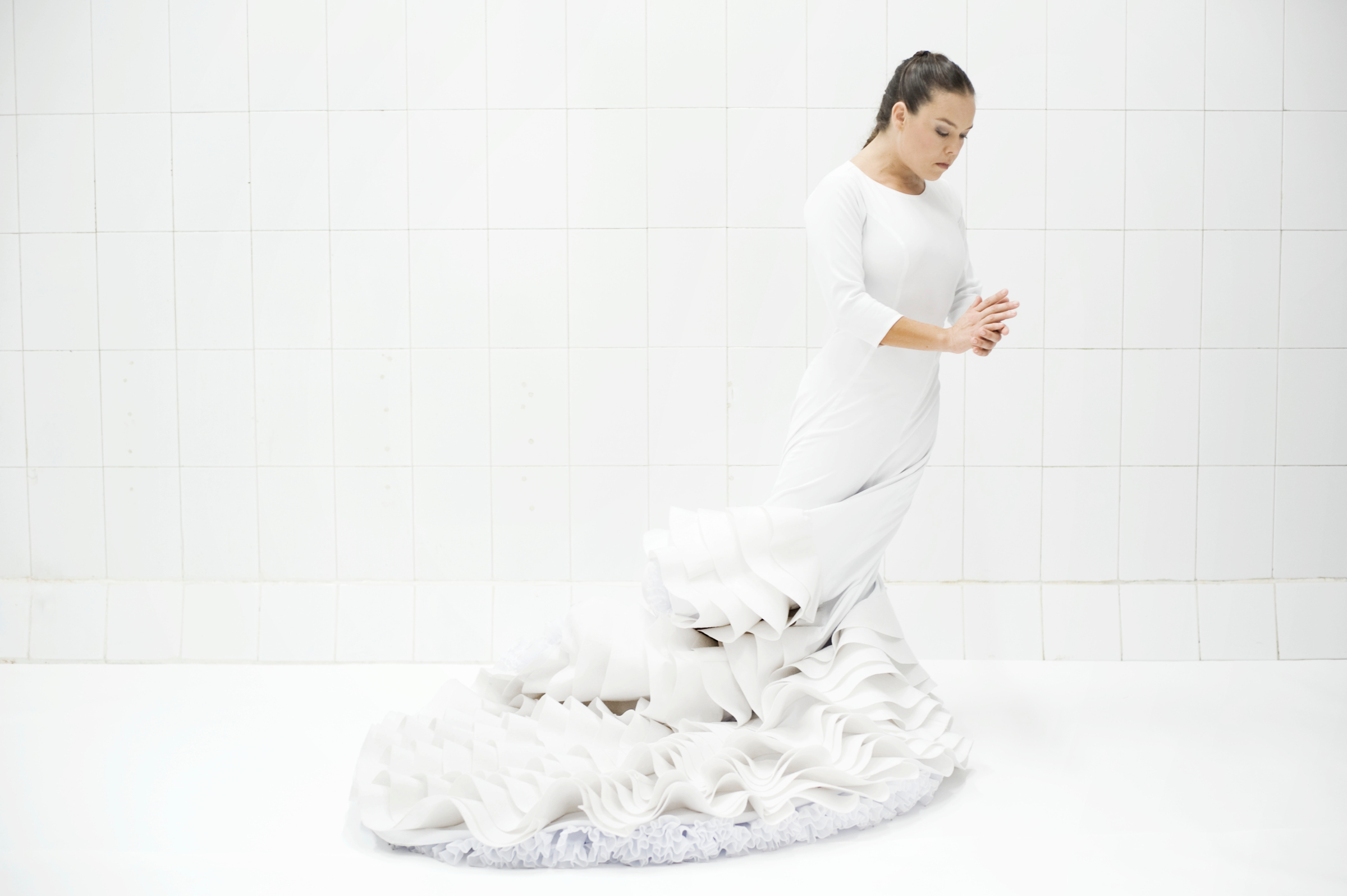
Even if you have seen a flamenco performance before, nothing can prepare you for the talents of Spanish dancer and choreographer, Rocío Molina. She has contemporized a dance tradition loved by the world across centuries. She has done this with immense care, paying attention to the history of the dance form that precedes her. Together with extremely talented musicians, she creates a night filled with raucous energy, rebellious joy, and deep reflection.
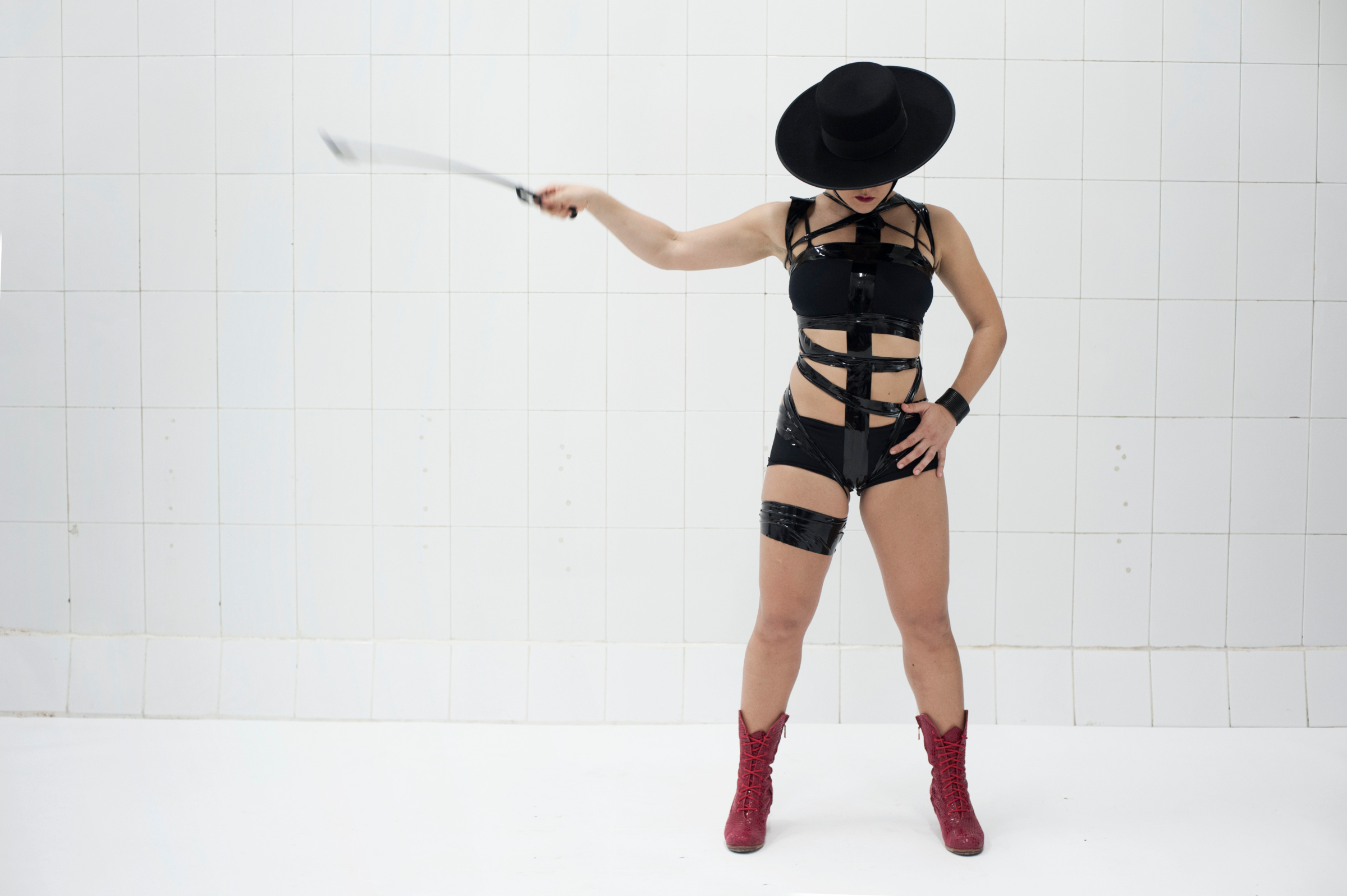
Compañía Rocío Molina brings us one of their most well-known productions, Fallen from Heaven (Caída del Cielo) this week, as part of Vancouver International Flamenco Festival. The production is presented by DanceHouse and is happening at SFU Goldcorp Centre for the Arts in Gastown.
The show starts off big and loud. The musicians bring their best to the opening bathed in red light. Once the audience is awake and raring to go, Molina enters the stage in a white flamenco dress with a thick mille-feuillesque train. She resembles a queen bee being dragged down by this train, which sometimes reminds us of a rose, sometimes of a burden, sometimes of the past, sometimes of fertility, and sometimes of a bed. Molina moves in near silence across the floor appearing to shake off this train. She then undresses on stage to change into a toreador outfit to give us the first traditional flamenco piece of the evening. This is when we see the prowess of her skills. She has mastered flamenco to the point of intelligently subverting the tradition.
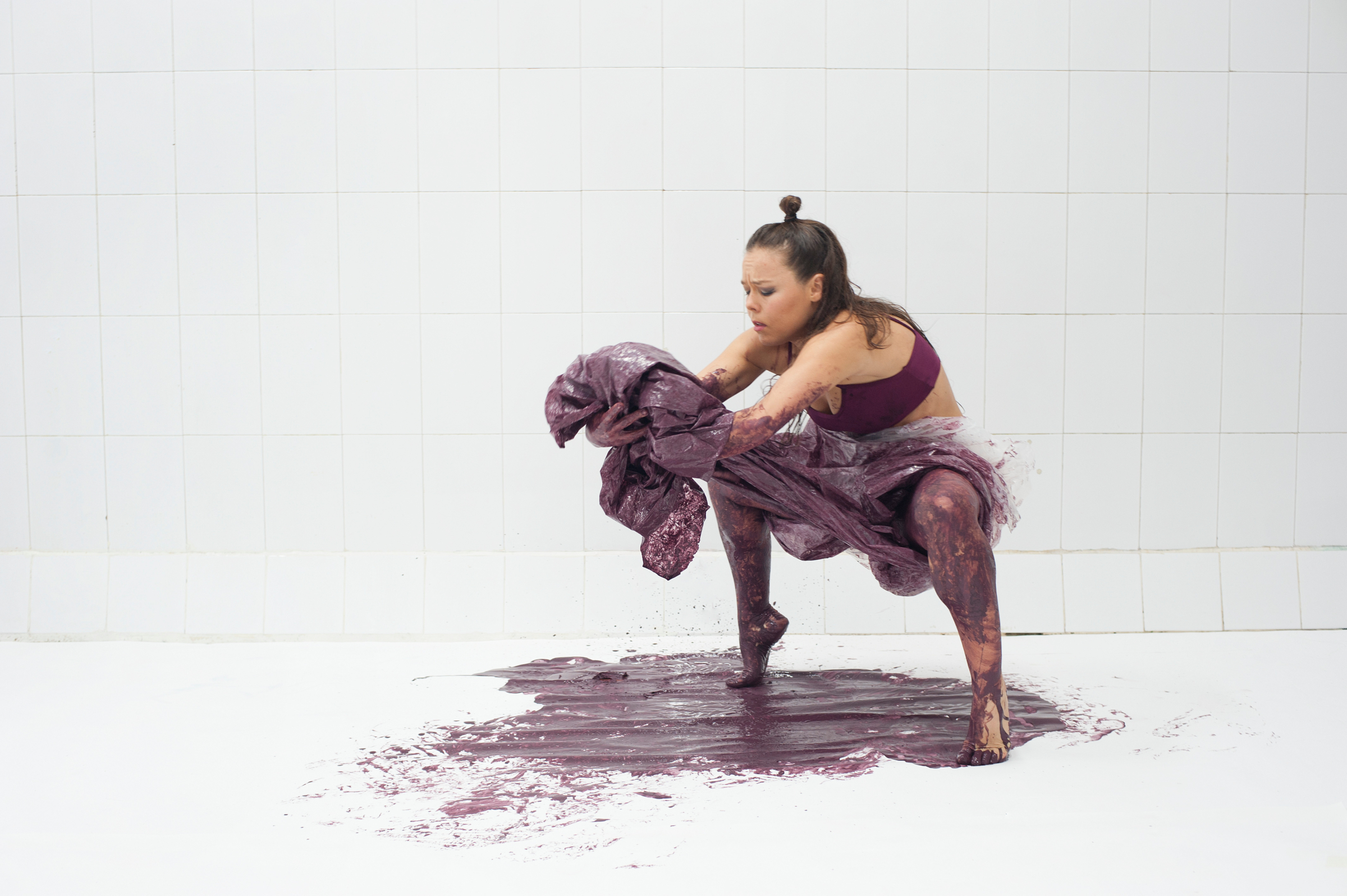
Kiko Peña has a beautiful voice that shatters the heart with longing and grief. He takes us back to the Arabic roots of Andalusian flamenco, specifically bringing to mind Islamic calls to prayer. Peña along with José Manuel Ramos “Oruco” provide Molina with the rhythm she needs through handclapping. In the background, Pablo Martín Jones on percussion and Eduardo Trassierra on flamenco guitar match the passion at the front of the stage. Together the musicians of Compañía Rocío Molina create music that is so alive it riles you up, making you want to get up and dance. Molina’s dancing matches the music, never missing a beat. So much of her aura on stage emanates from her facial expressions, whether it be from the throes of great concentration or in her cheeky wink that breaks up tension. There is no knowing what Molina will do next.
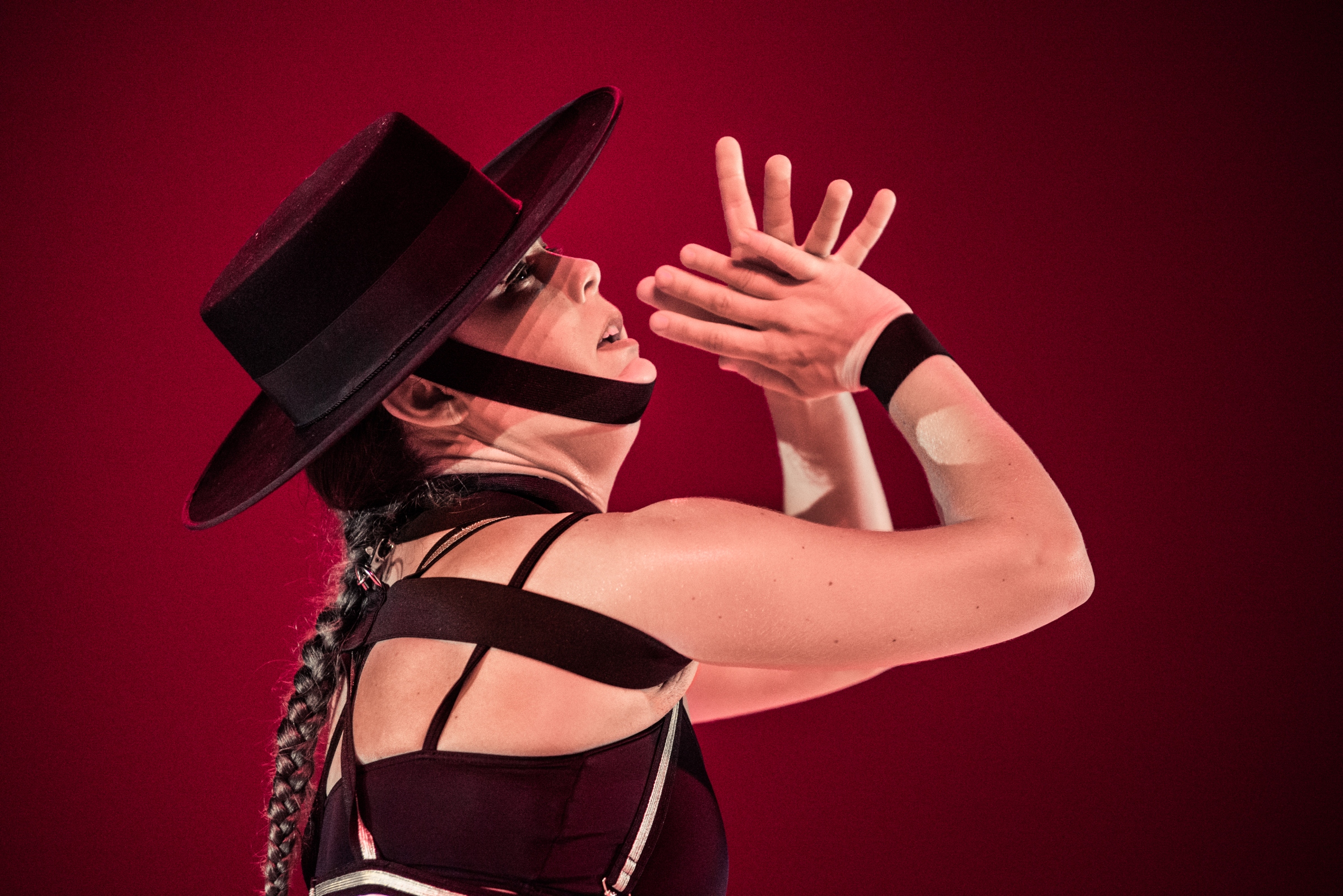
The toreador outfit disappears to make way for Molina in a bondage harness. The musicians join the act and pop open a red bag of chips which they dig into on stage. They slap away Molina’s hand as she tries to eat from her own bag of chips. Deprived and frustrated, Molina dances to a fusion of flamenco and contemporary to express her anguish. The piece is a masterful take on the suppression of female sexuality. Molina then proceeds to dance with a golden staff, suggestive of phallic energy. There is so much humour in these pieces, as well as innovation, as Molina fuses multiple dance forms into one – flamenco, modern, contemporary, lyrical, hip hop, and even break dancing. The flamenco however always emerges the most powerful, with Molina clapping on her body and stamping her feet in fury and ecstasy.
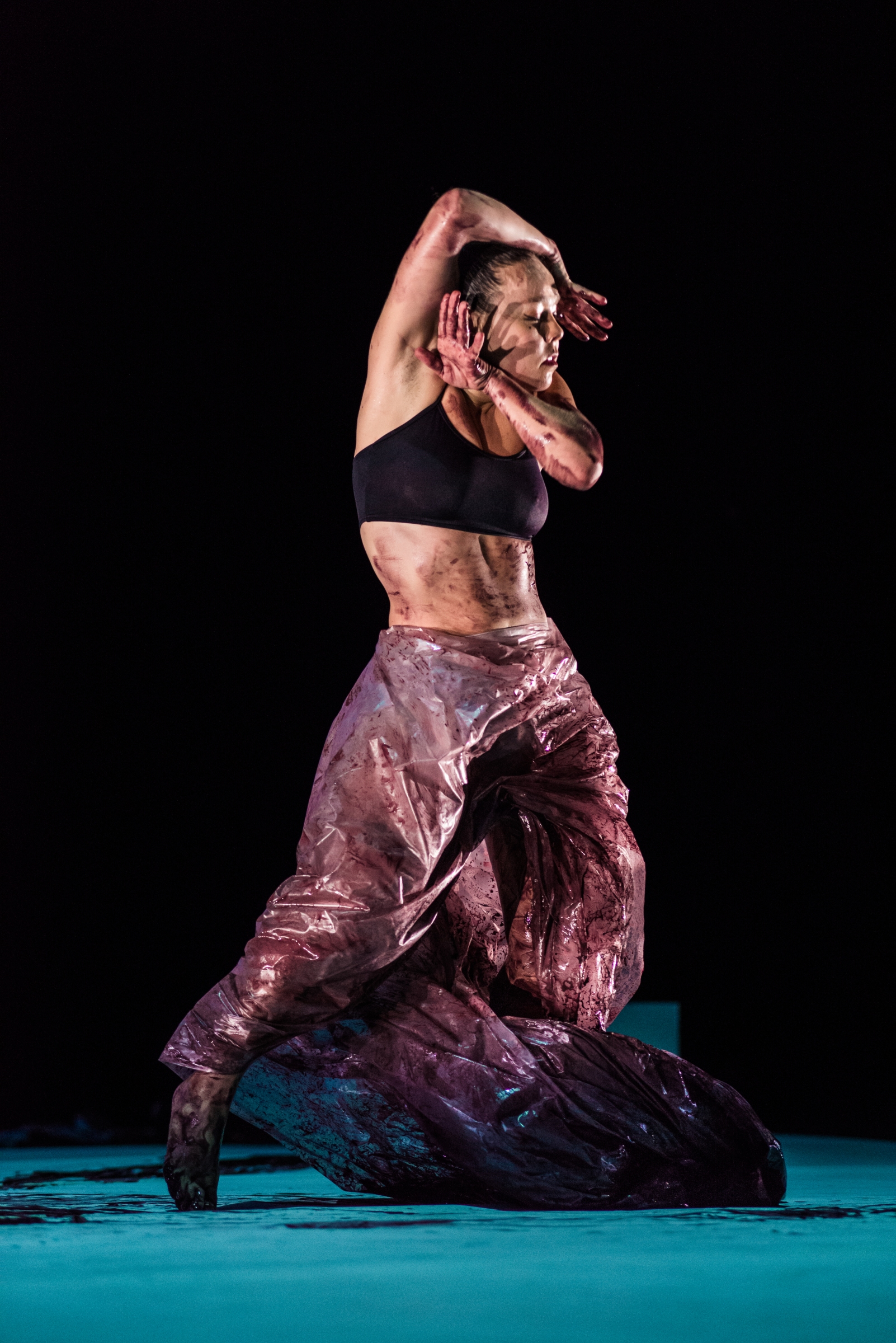
For the concluding part of the show, Molina steps into a box of maroon paint and performs floorwork to create a painting on the white floor. She is able to switch gears from humor to grief with confidence. Molina is an athlete; she stamps her feet so hard you can feel it at the back of the theatre. She is consumed by the story she is telling about the many roles of womanhood- its beauty, complexity, and indefinability. The musicians too are with her in this storytelling and the result is a show that is extremely cohesive from start to finish. The costumes Molina wears thwart our expectations of traditional flamenco. They are beautiful and we found it particularly interesting that she changes into them all on stage, inviting us to literally witness her taking on different roles as a woman. Whether it be a boxing gown or the flowers and fruits stacked on her black underwear at the end, the visuals are always striking. The set design is minimal, a full moon in different colours projected on the wall emphasises the change of roles. The lighting is excellent as it switches between the thick sea of white to bright fuchsia and blood red, amongst others. As mentioned earlier, the show feels like a cohesive piece, everything is on the same page– the dance, the singing, the music, the costumes, the choreography and the lighting.
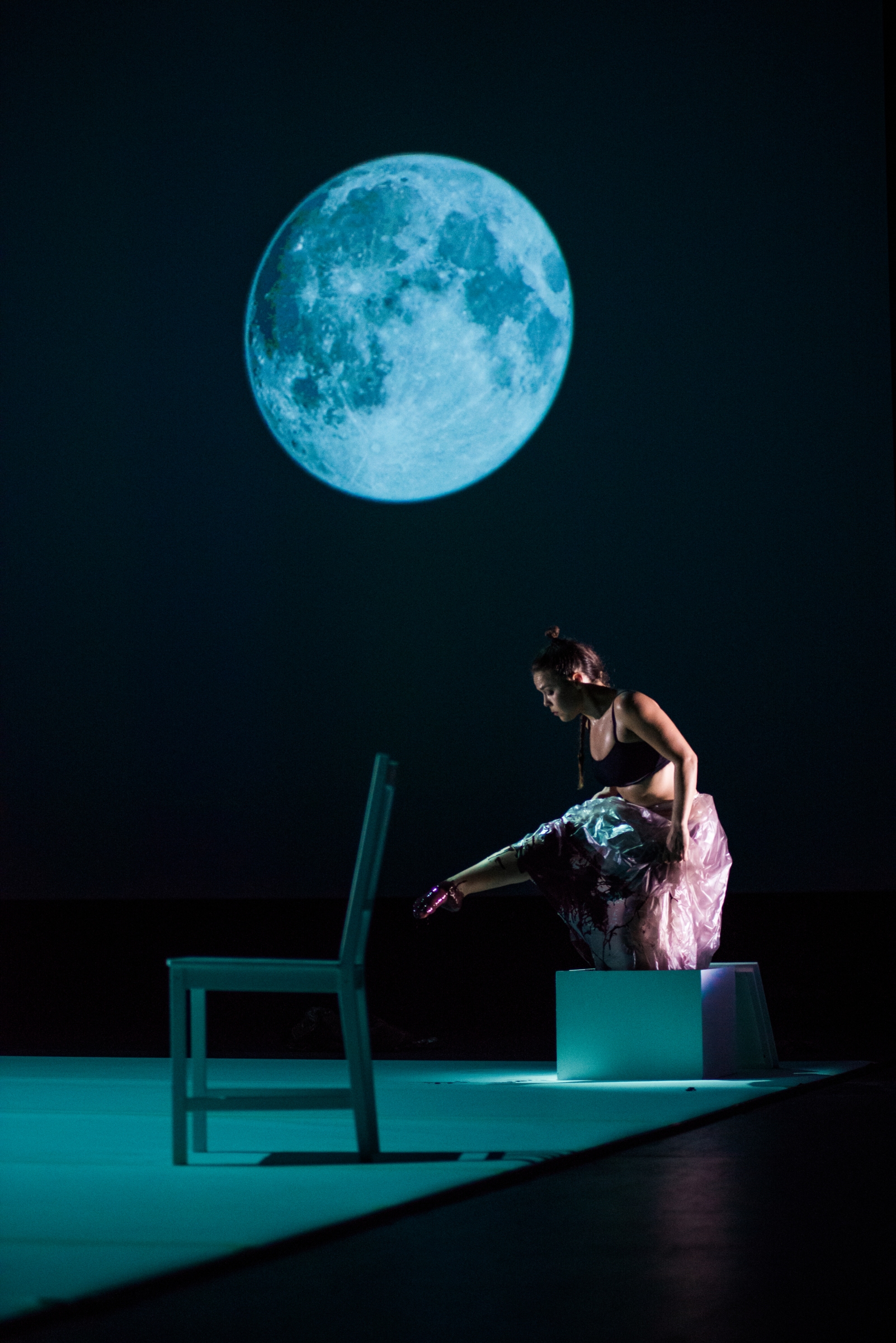
Do yourself a big favour and buy a ticket to Fallen from Heaven (Caída del Cielo). It will be an experience you won’t forget. You will exit the theatre revived and inspired.
Buy your tickets here.
